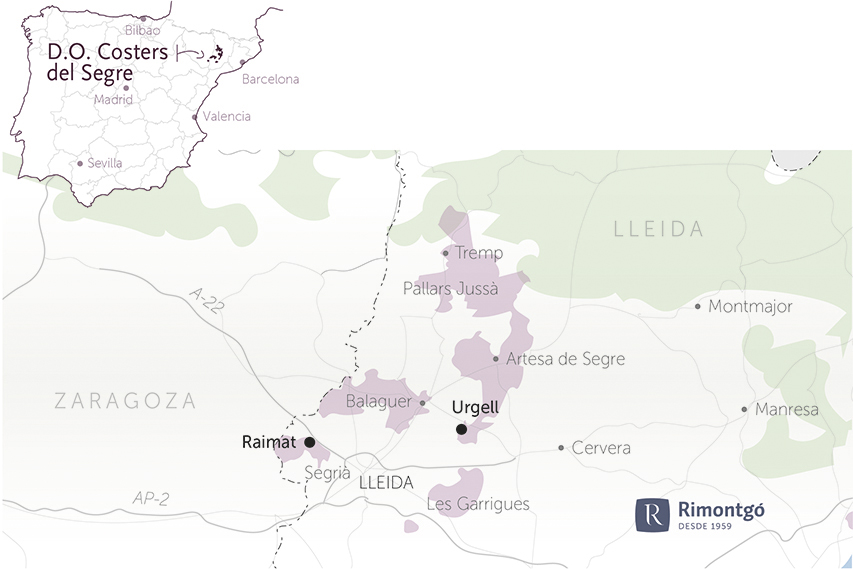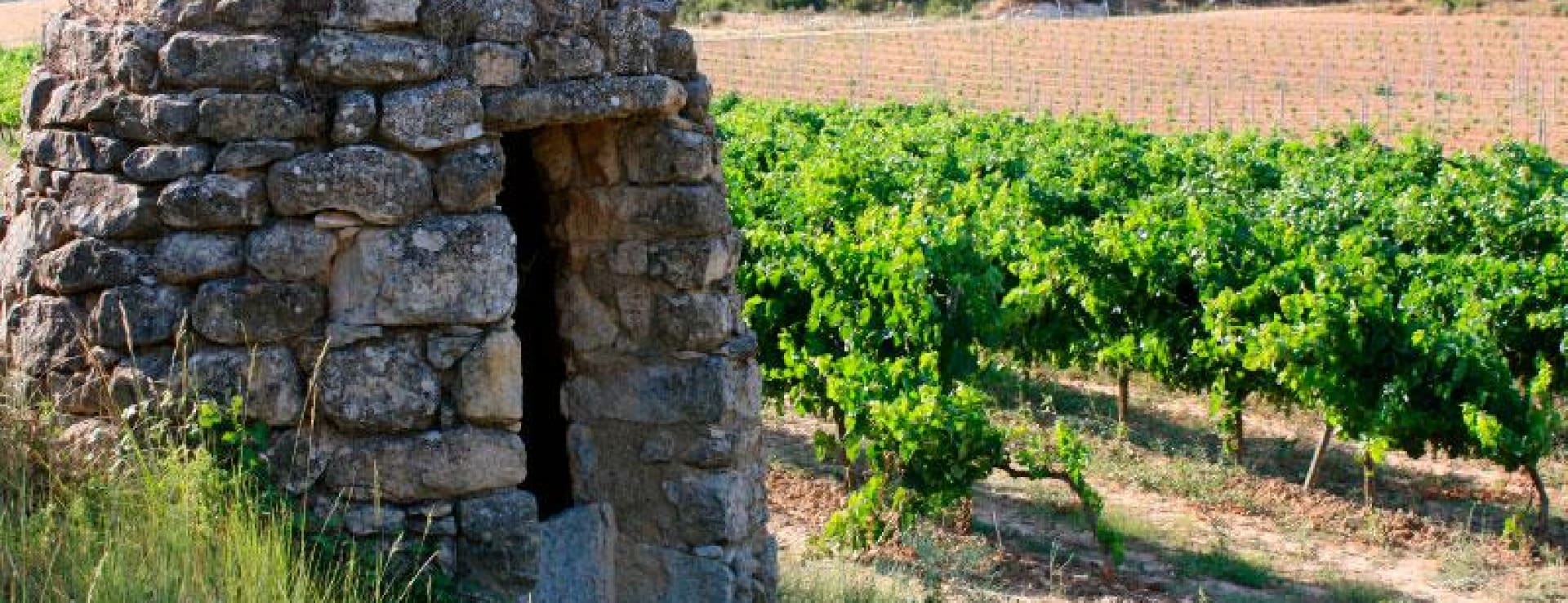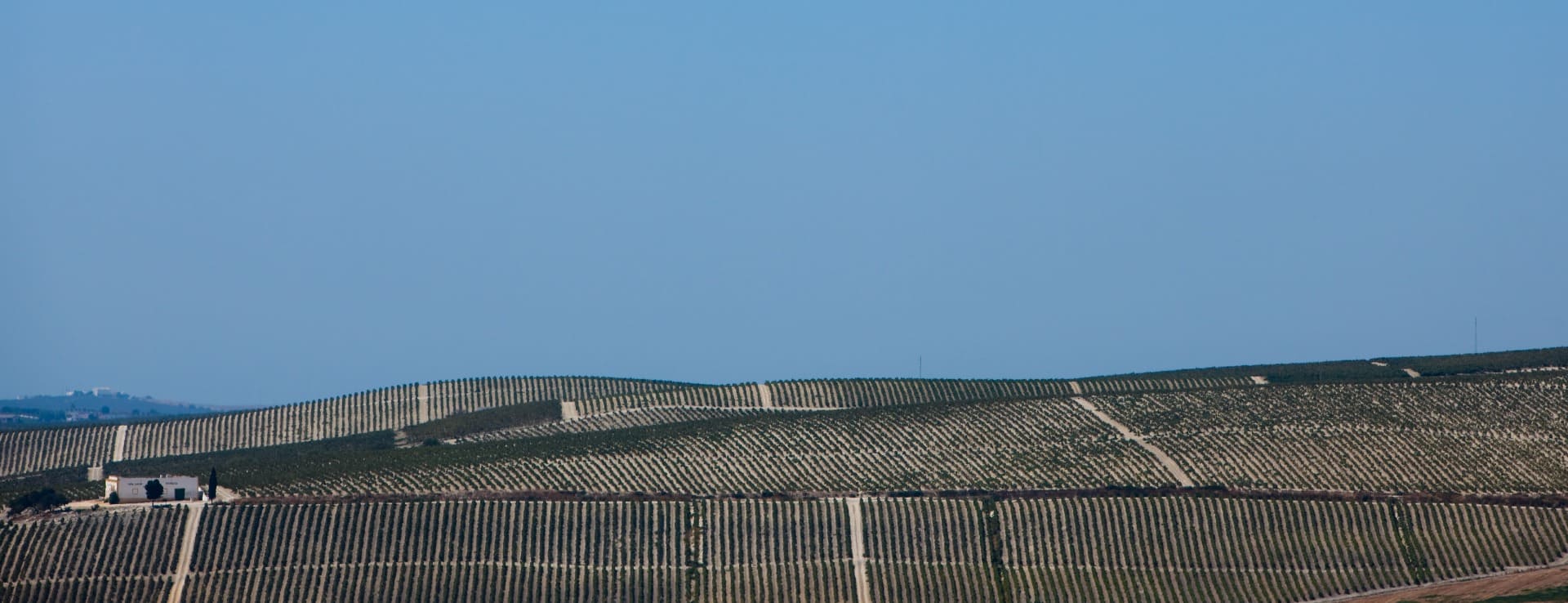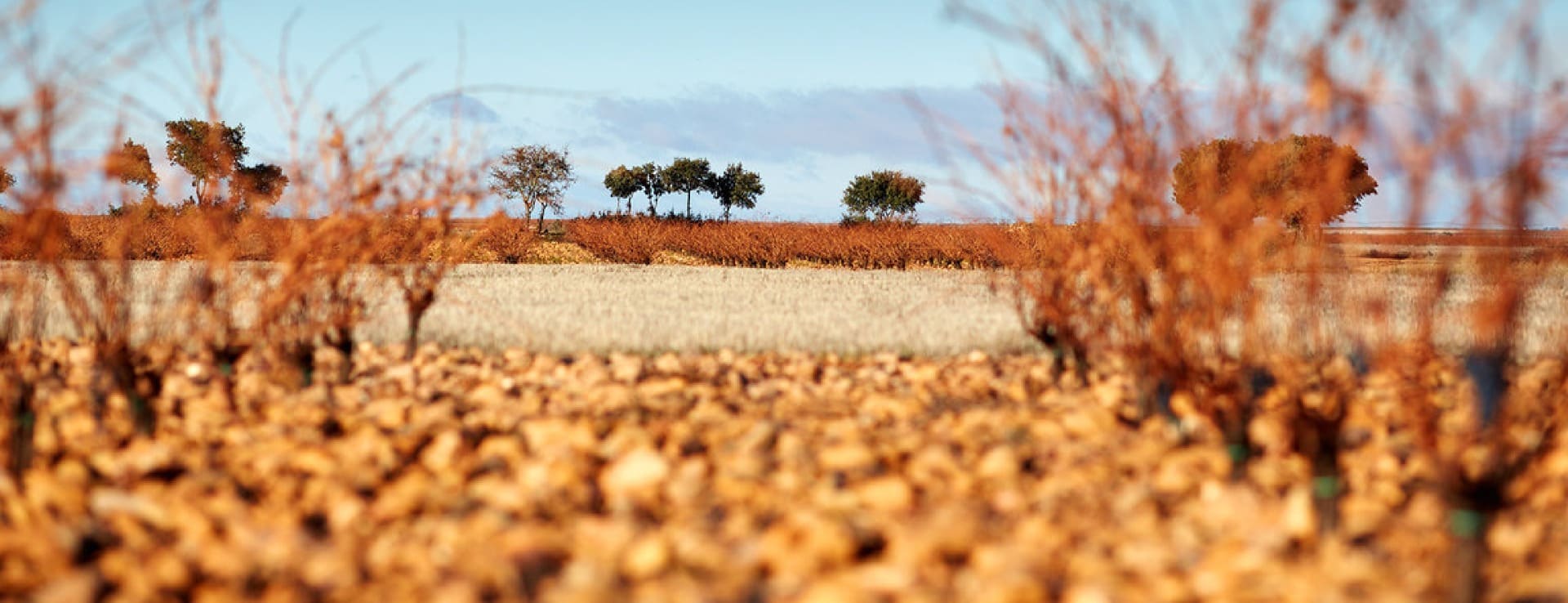Find your winery or vineyard
Infographic of the Denomination of Origin

Change to imperial units (ft2, ac, °F)Change to international units (m2, h, °C)
D.O. year of foundation:
1986
Number of wineries (2017):
44
Total surface area:
4.037 ha9.975 ac
Maximum production allowed:
16.000 kg/ha14.274 lb/ac
Altitude of the vineyards:
Min: 250m
Max: 1.000m
Min: 820ft
Max: 3.281ft
Temperature:
Min: -5º
Max: 35º
Min: 23°F
Max: 95°F
Yearly hours of sun:
2.800
Yearly rainfall:
420 l/m239 l/ft2
DO Costers del Segre
LOCATION AND HISTORY
Costers del Segre means 'the banks of the river Segre', a tributary of the river Ebro, and refers to a vine planting area in the province of Lleida, in the southern interior of Catalonia. The four subzones that compose it, recognized in 1988, when the Desigination of Origin was formed, are the towns of Artesa, Valls de Ruicorb, Garrigues and Raimat. A decade later two more areas were added: Pallars Jussà, to the North, and Segrià, which extends to the West.
SOILS
The vineyards form an arch on the foothills of the mountains to the east of Lleida, where they merge with the region Conca de Barberà. There are also small population centres to the Northa and South of the city. Despite the geographical dispersion, the soils share the sandy layers on limestone, with low organic content. Altitudes vary from 250 to 700 meters.
CLIMATE
The Segre area has a solid continental climate, favourable to the interior of Catalonia, and influenced by the proximity of the mountains. There are wide temperature changes between night and day, with an average of 14-15°C, which often drops below zero in winter. Precipitations, however, is much lower than in the North (about 450 mm per year).
TYPE OF GRAPE
The range of grape varieties planted here, both native and imported, includes 14 main types and 4 experimental ones. White wine is made from Macabeo, Parellada, Riesling and Sauvignon Blanc; red wine from Garnacha Roja, Ull de Llebre (Tempranillo), Trepat, Cabernet Sauvignon, Monastrell, Merlot, Pinot Noir and Syrah. The grapes for Cava also occupy many vineyards in the East of the area. Currently there are wines with great personality, some unusual in Spain, given its style to mix local grapes with French varieties. The old vines are independent, while the new ones are trained with wire.
Discover more wineries and vineyards for sale in these wine regions in Spain
Subscribe to our mailing list to receive news about wineries and vineyards.







